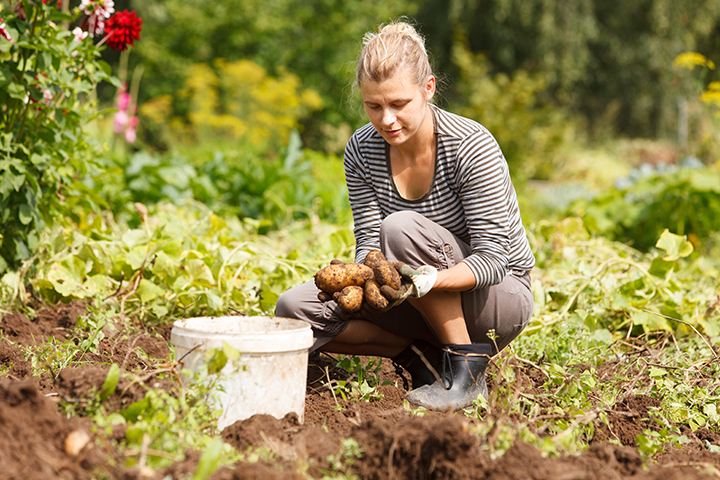The Usefulness of a Potato

Potatoes, indigenous to South America, made their way with the early explorers up through North America and over to Europe. The first potatoes came to Sweden in 1655. The Swedes discovered that not only were potatoes good on their own, but that they made a hearty vodka. This was our story and until quite recently all Swedes were raised eating potatoes, at almost every evening meal. Potatoes are still eaten in Sweden but not as dominant as it used to. Today we are using a larger part of the potato – with a more sustainable food production.
Food and feed production
The primary use of the potatoes is still as it has been in the past, i.e. as an ingredient in our food recipes. Boiled potatoes, french fries, or vodka! However, residues from processed potatoes are today taken care of in a better fashion. Potato peel is used as animal feed suitable to both pigs and cattle. Peel provides a balanced feed with a good combination of protein, energy, and starch content. Key importance is to know the nutrition value of the peel, something that can be measured in a laboratory. More protein, higher value.
Potato starch is another important potato product that is used in noodles, wine gum, sausages, some potato chips etc. Potato starch is made by washing and mashing potatoes. It has a neutral taste and shall contain very low levels of fat and protein. Protein levels are measured in a production laboratory to ensure that the starch provides the correct desired performance and behaviour.
No Waste
Once the non-starch constituents of starchy raw materials were considered a waste. These days are over. Now all constituents are valuable. A by-product from the starch production is the potato juice, rich in protein content. Potato protein is a useful protein source for young animals. Potato juice can also work as fertilizer or as an ingredient in anaerobic biogas digestion. Another by-product from the starch production is the pulp, rich in fibre. Pulp is used as an energy source for cattle feed. Protein levels and fibre levels in these by-products are all measured in a laboratory, often at the production site. These measurements makes it possible to sort and sell products with different behaviour, optimized for different applications.
The KjelROC analyzer
OPSIS LiquidLINE deliver instruments that can measure protein and fibre according to accredited methods. The OPSIS LiquidLINE KjelROC analyzer can measure Kjeldahl protein levels in both potatoes as well as potato starch and their by-products. As an example, the Lyckeby Starch AB research and production centre in Sweden is using a KjelROC analyzer and several Distillation Units to analyse their protein.
Contact us to learn more about our solutions for starch production companies.